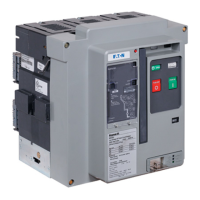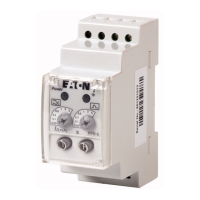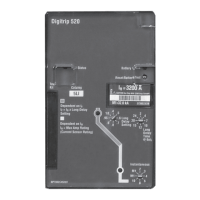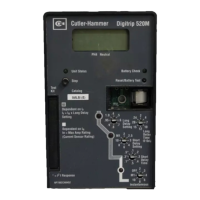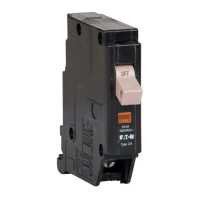IB131006EN
Page 43
Effective 07/2017
Refer to further definitions in the National Electrical
Safety Code.
For the purpose of inspecting and maintaining such
equipment, a qualified person must also be trained in
regard to the hazards inherent to working with electricity
and the proper way to perform such work. Such an
individual should be able to de-energize, clear and tag
circuits in accordance with established safety practices.
In addition, these individuals should have access to and
be trained in the use of protective equipment, such as
rubber gloves and flash clothes.
All personnel should be familiar with and understand the
material presented in this instruction manual and other
related manuals.
6-2.2 GENERAL TORQUE GUIDELINES
Bolts and screws must be properly torqued. This is
especially true if part and/or accessories are added or
replaced. Table 6.1 provides guidelines on torque levels.
The table is intended as a general guideline and should
be applied in conjunction with the experience and good
judgment of the individual performing the work.
CAUTION
OVER TORQUING CAN CAUSE PERMANENT DAM-
AGE WHILE UNDER TORQUING WILL NOT PROVIDE
THE PROPER CLAMPING FORCE AND MAY
EVENTUALLY WORK LOOSE.
Table 6.1 Torque Guidelines
Bolt Size Torque (LB-IN)
8 - 32 24
10 - 32 36
1/4 - 20 72
5/16 - 18 144 (12 lb-ft)
3/8 - 16 300 (25 lb-ft)
1/2 - 13 540 (45 lb-ft)
Figure 6-1b 150 VCP-W 63 63kA Pole Unit
Figure 6-1 lubrication points
Courtesy of NationalSwitchgear.com

